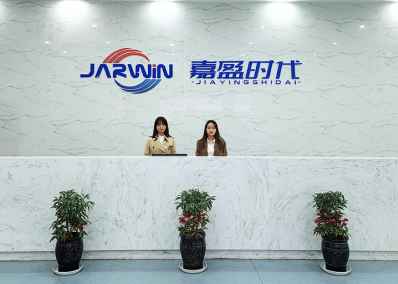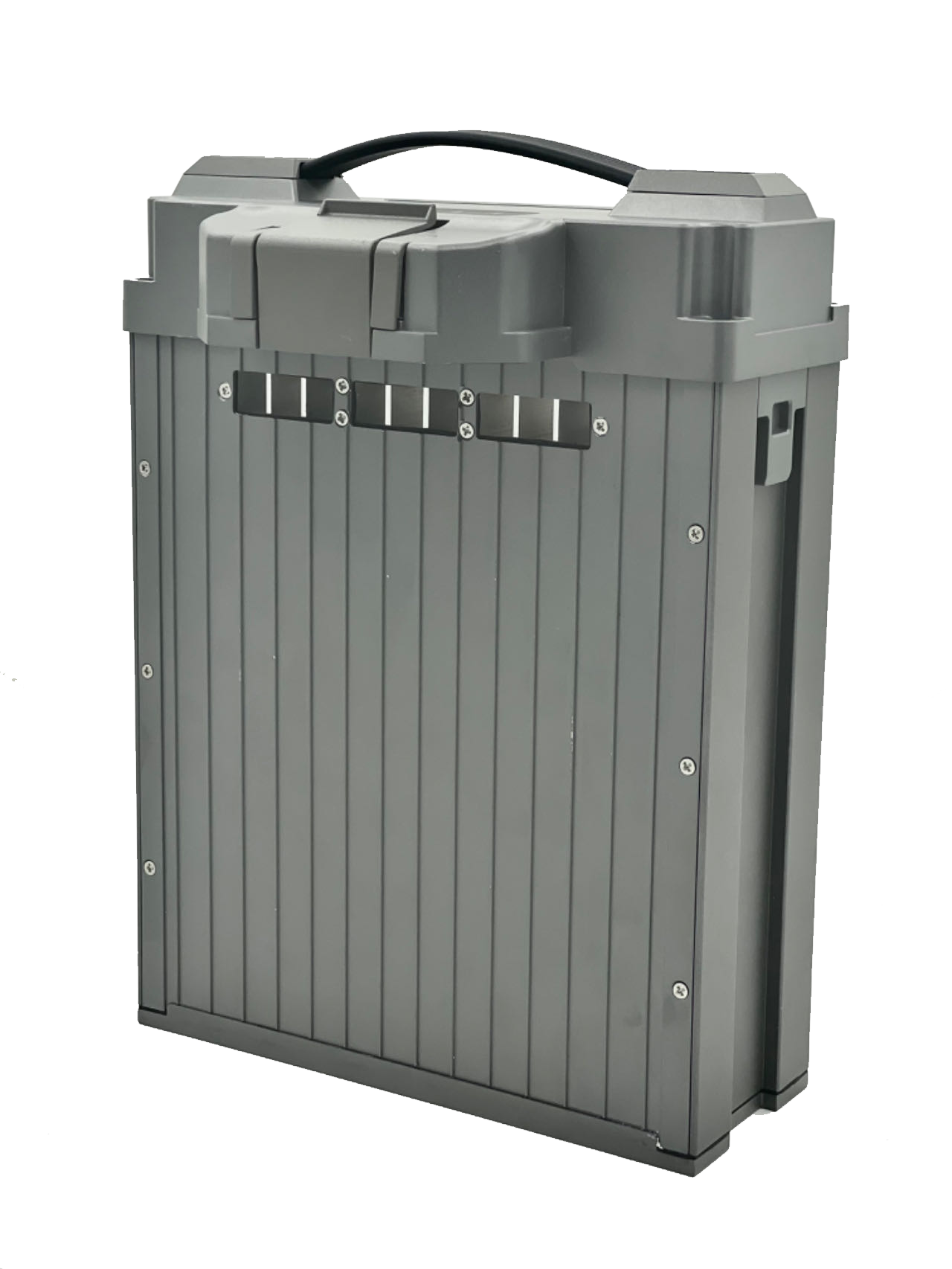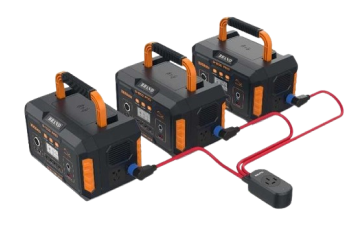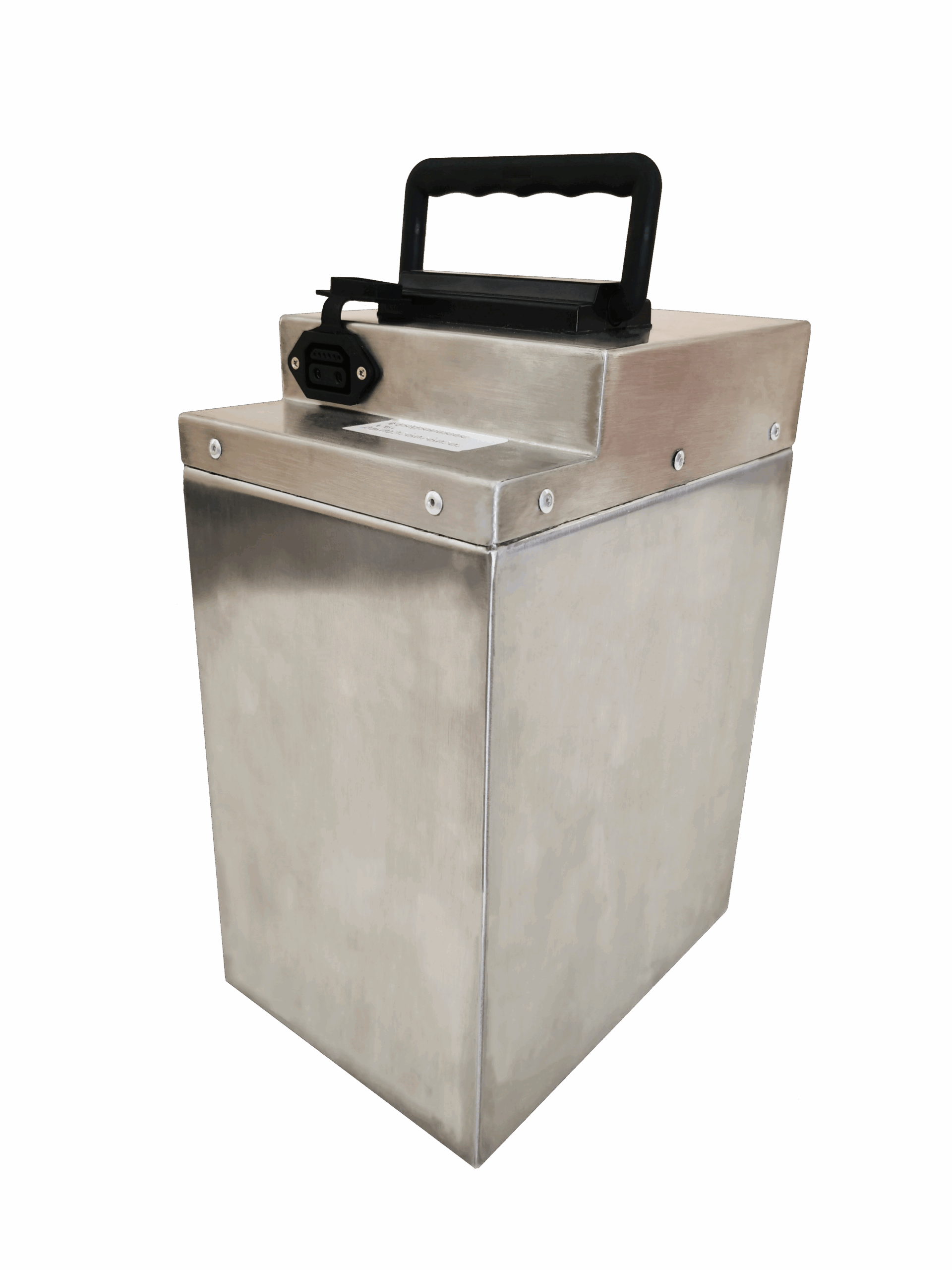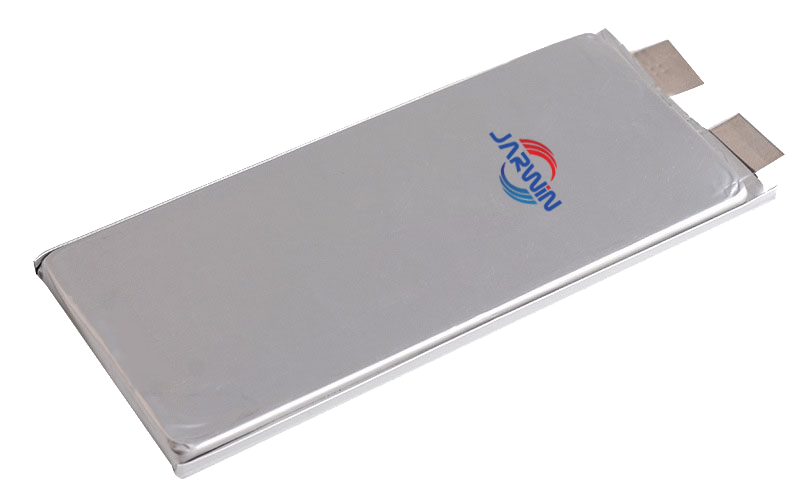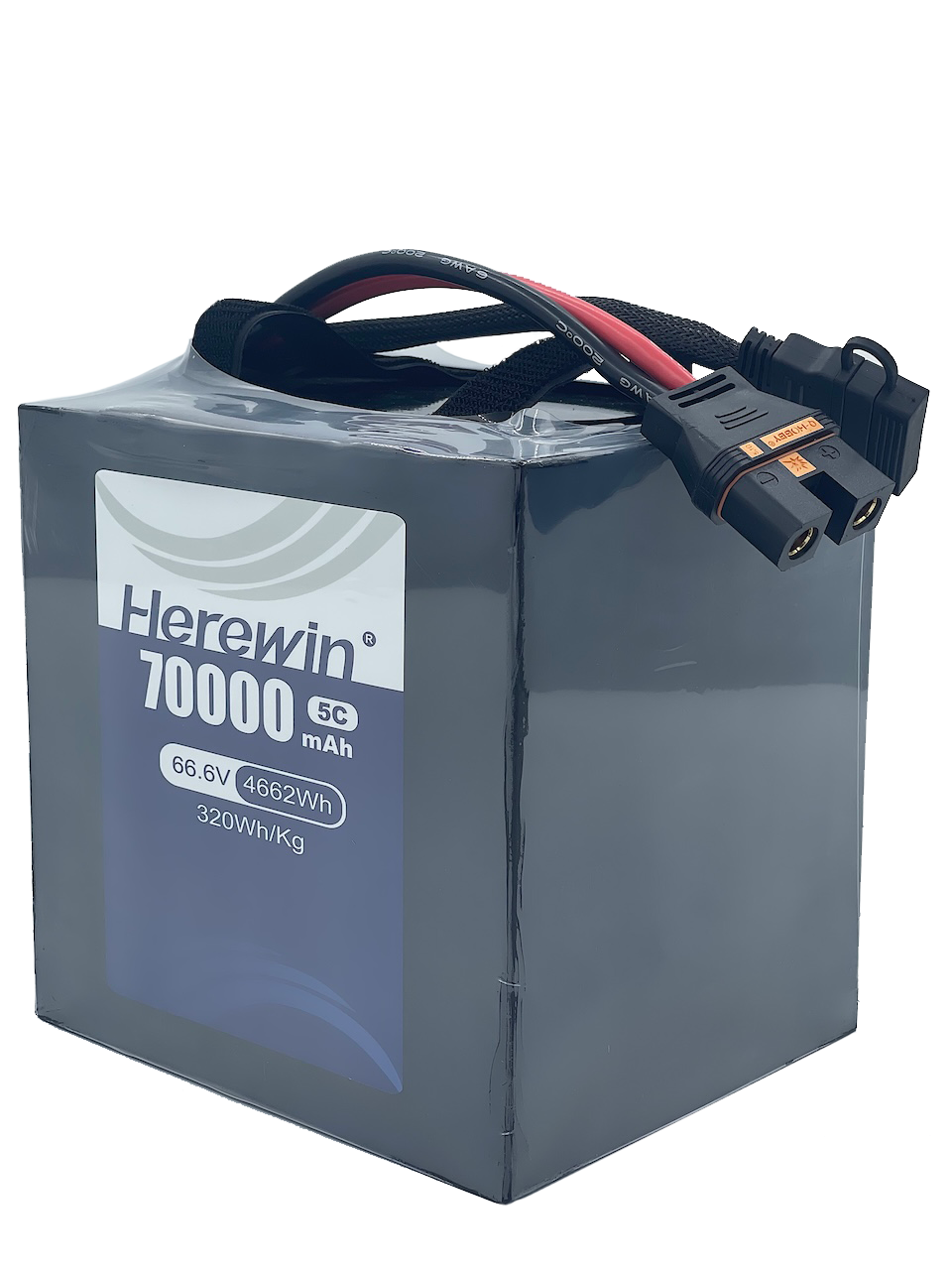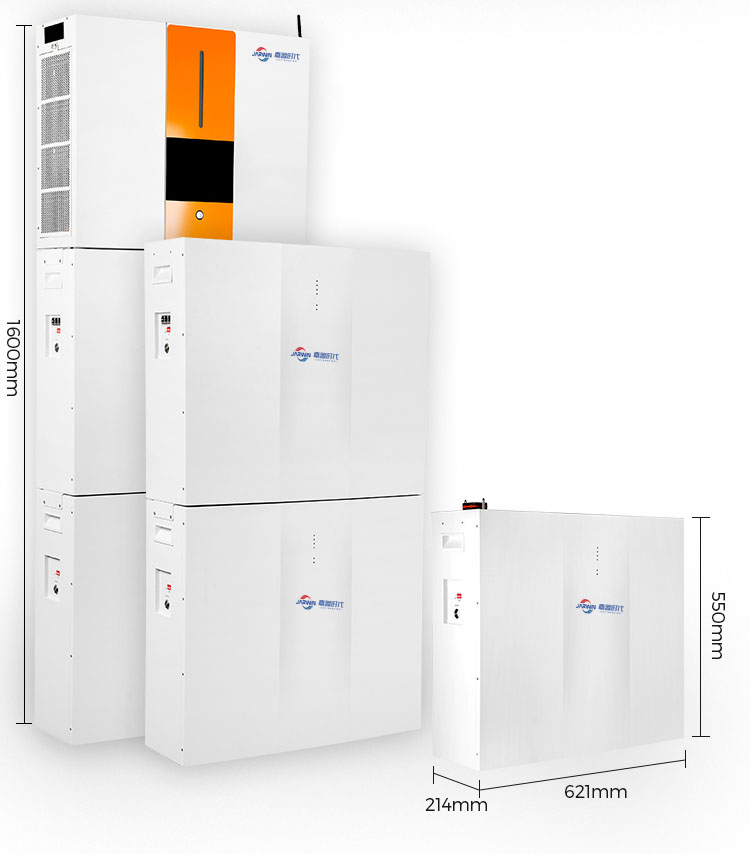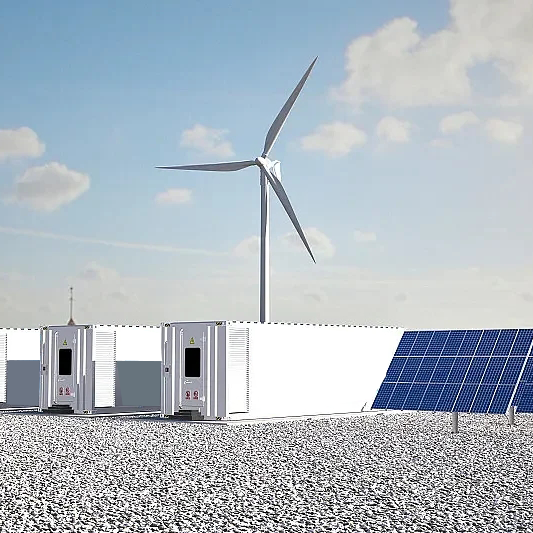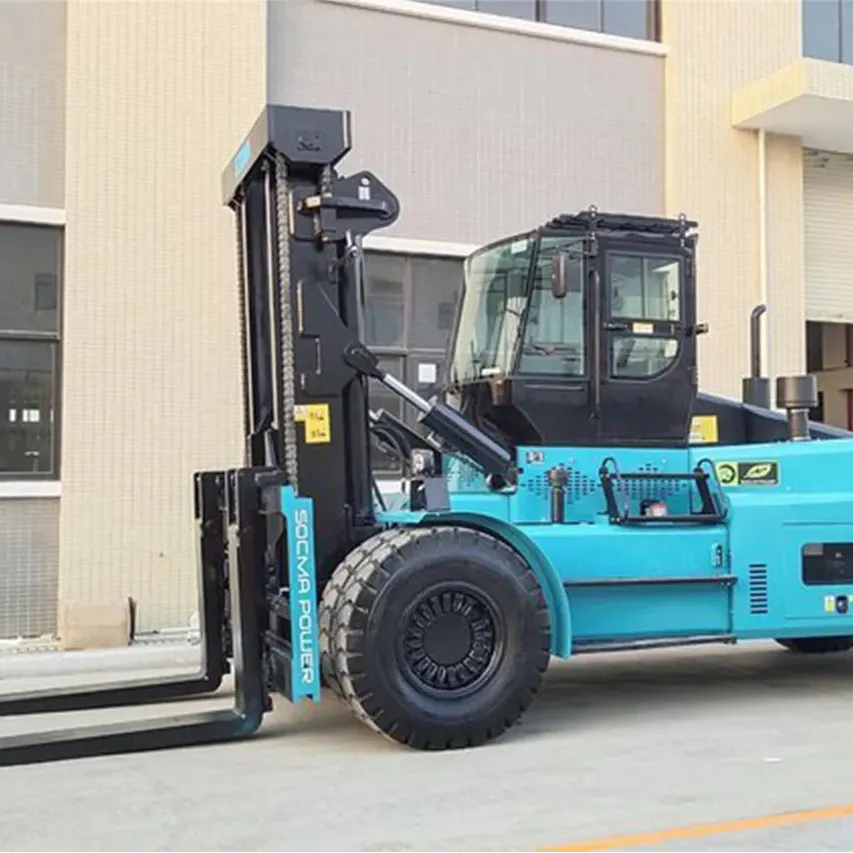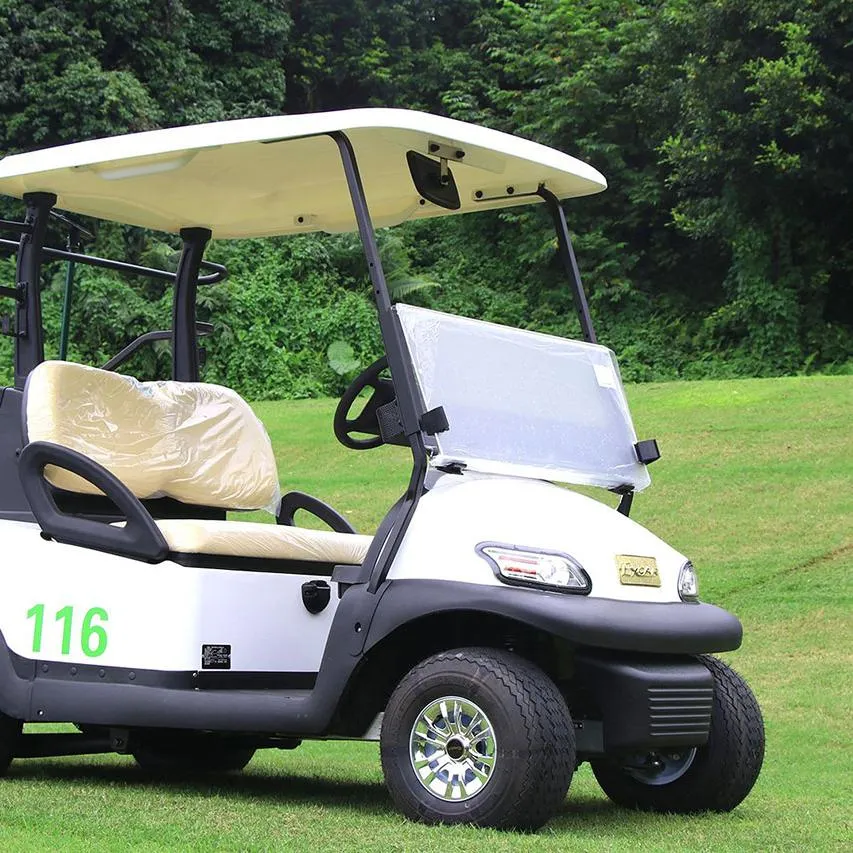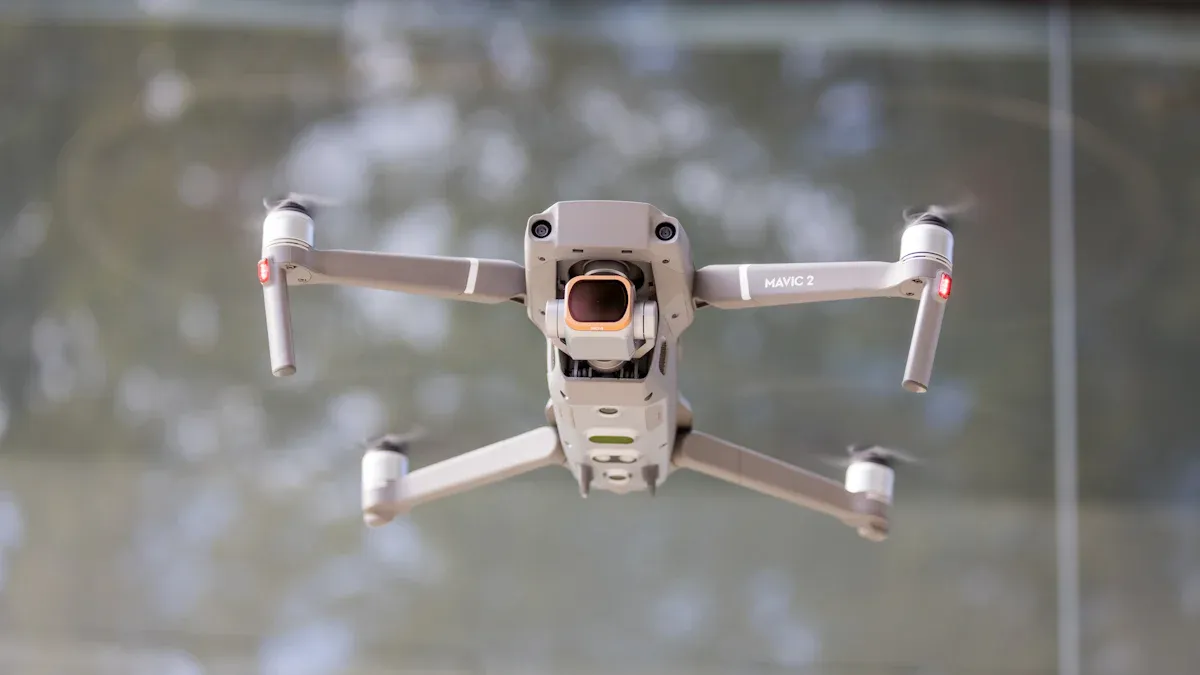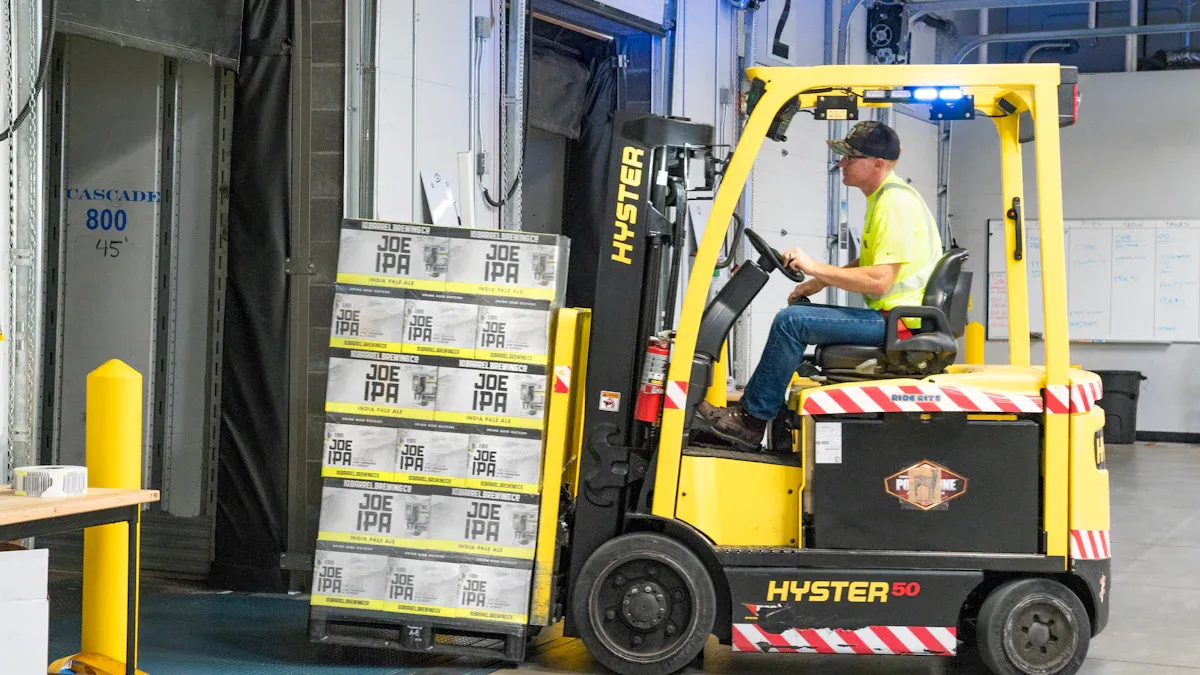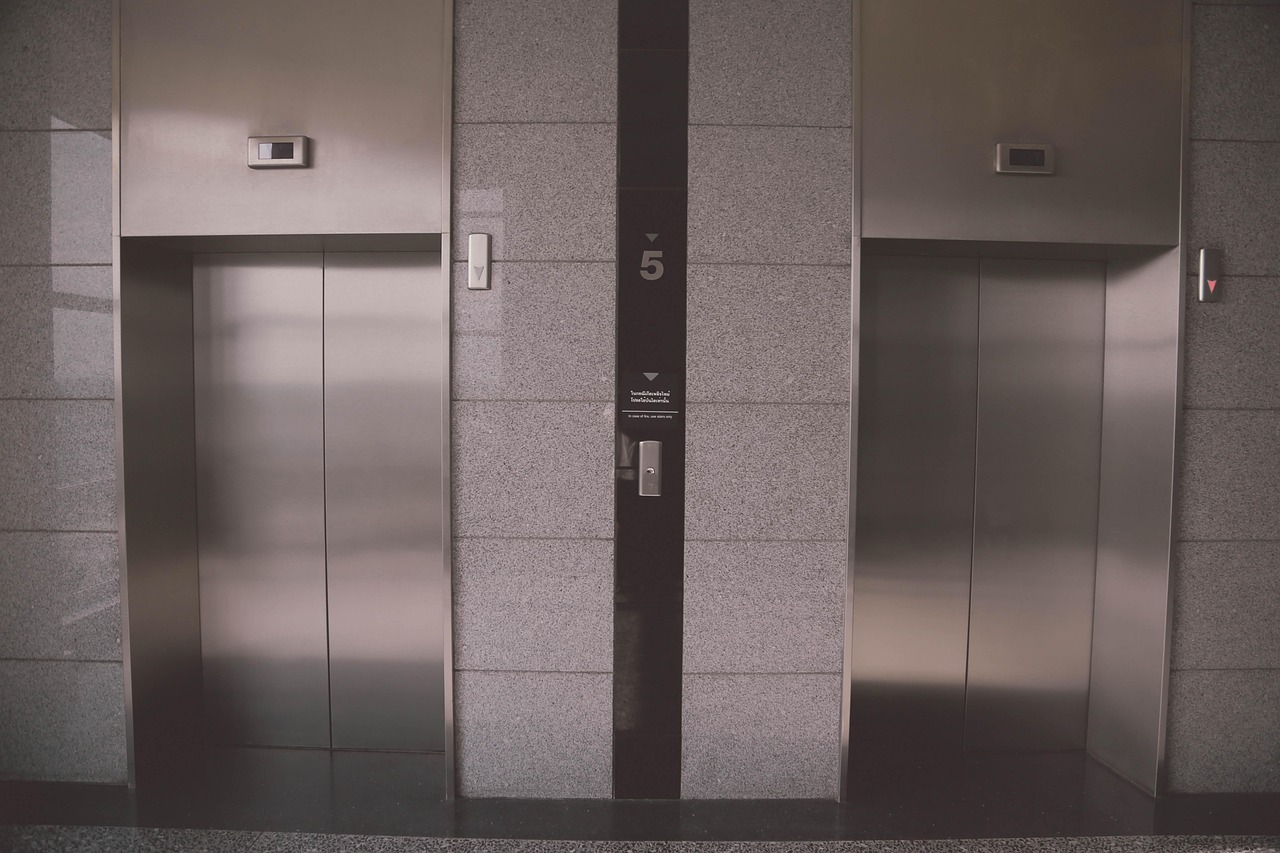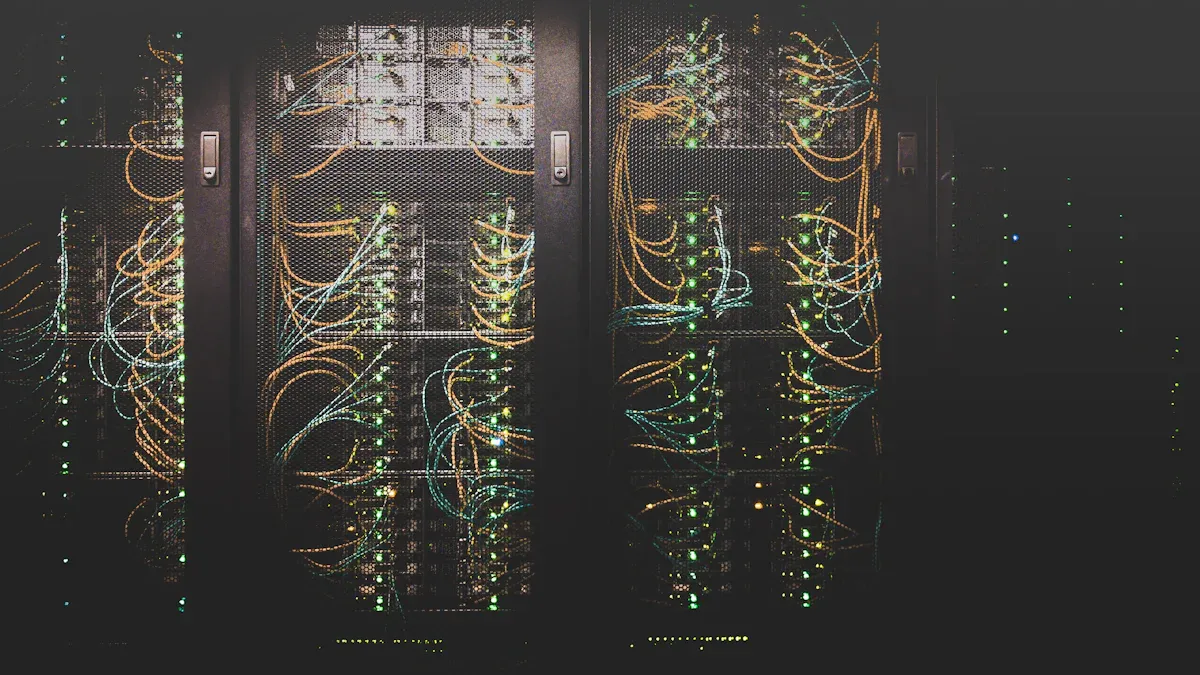
Selecting the right industrial UPS battery for your data center is crucial to ensure reliable power backup. In regions like India, frequent power fluctuations and high ambient temperatures can significantly impact battery life. Consider the following factors:
Impact Factor | Description |
|---|---|
Power Fluctuations | Unstable power supply puts stress on your industrial UPS battery, reducing its lifespan and reliability. |
High Ambient Temperatures | Elevated temperatures accelerate battery degradation, making a robust data center battery solution essential for reliable power backup. |
Replacement Cycle | Regularly replacing batteries helps prevent unexpected power issues and maintains consistent performance. |
Addressing heat management and conducting routine maintenance are key to maximizing the performance and longevity of your industrial UPS battery. By investing in advanced data center battery solutions and ensuring proper care, you can achieve dependable and efficient reliable power backup for your critical operations.
ประเด็นสำคัญ
Figure out how much power your data center needs. Add up the total load and how long you want power during outages. This helps you pick the right UPS battery size.
Think about using lithium-ion batteries. They last longer and need less care than lead-acid batteries. They cost more at first but save money later.
Use backup plans like N+1 setups to keep power on. Check and take care of your system often to stop surprise problems.
Data Center Power Needs
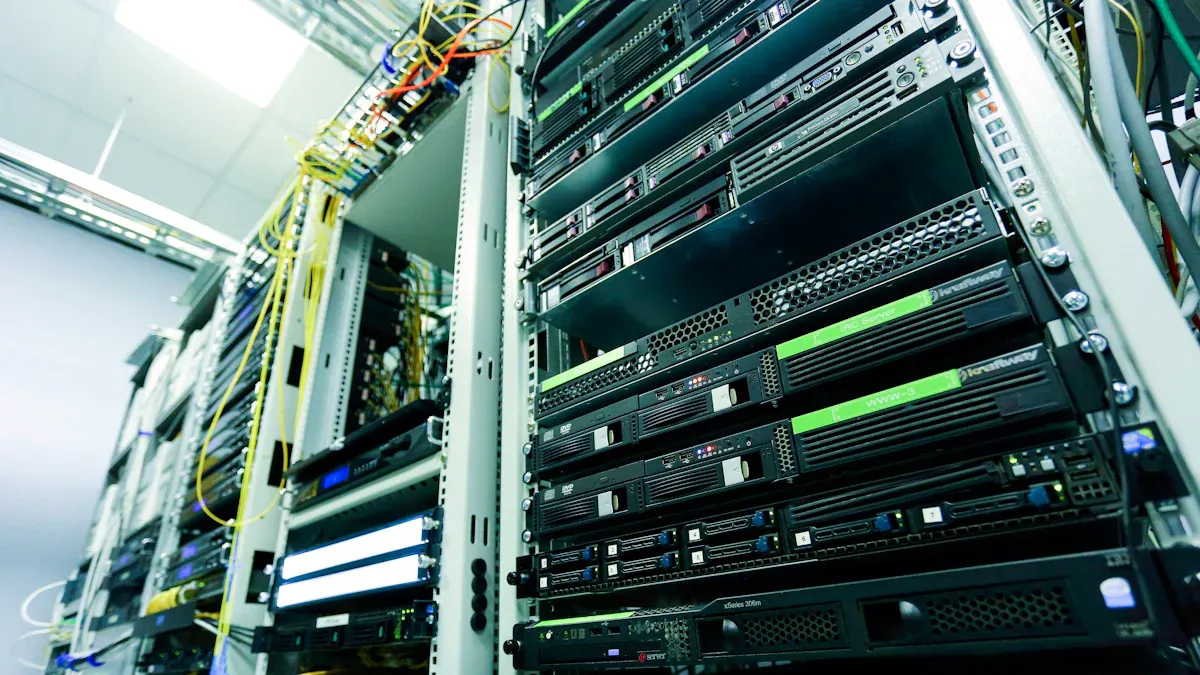
Load and Runtime Assessment
First, find out how much power your data center uses. Make a list of all equipment that must stay on if the power goes out. Add up the power each device needs. This gives you your critical load. Next, decide how long you want your systems to work during an outage. This is your desired runtime.
เคล็ดลับ: Remember to count both IT equipment and mechanical systems, like cooling units, when you add up power needs.
You can organize your check in different ways:
Room-level: Figure out the total power for the whole data center room.
Row-level: Look at the power needed for each row of server racks.
Rack-level: Check the power for each rack.
Factor | Description |
|---|---|
Runtime | How long the UPS battery gives power during an outage. |
Capacity | The total power needed by all devices connected. |
Pick UPS systems with output watt capacity 20–25% higher than your total load. This extra space helps with future growth and sudden jumps in power use.
Scalability Planning and Redundancy
When your business grows, your data center will need more power. Choose UPS systems that can grow with you. Modular UPS designs let you add more units as you need them. This helps your backup system last longer.
Redundancy matters too. You can use setups like N+1 (one extra UPS for backup) or 2N (double the capacity) to keep your data center running if one unit fails. Regular checks and tests help your systems stay reliable and make your batteries last longer.
UPS Battery Types for Data Centers
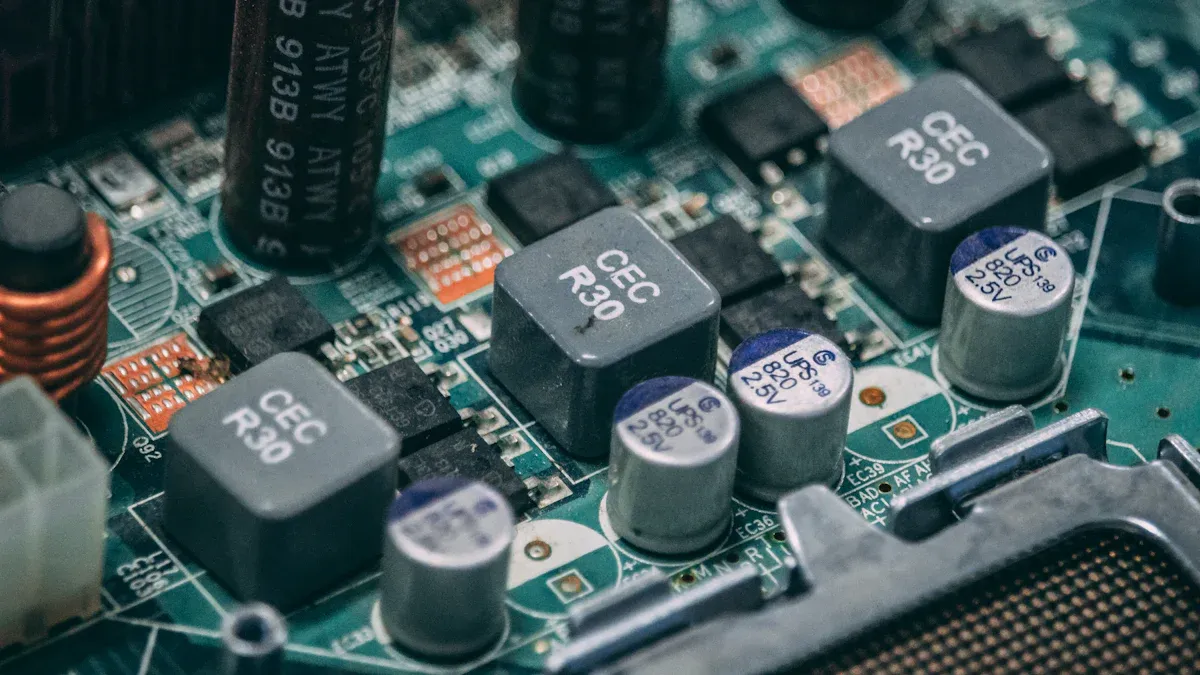
Lead-Acid vs. Lithium-Ion
When picking a UPS battery, you can choose lead-acid or lithium-ion. Each one has good and bad points. The table below shows how they are different in how long they last, how safe they are, and how well they work.
คุณสมบัติ | Lead-Acid Batteries | Lithium-Ion Batteries |
|---|---|---|
Lifespan | 3-5 years | 8-15 years |
Depth of Discharge | 50% | 80-90% |
Charge Cycles | Fewer | More |
Efficiency | 80-85% | 95-98% |
Safety | Manual inspections | Built-in BMS |
Weight | Heavier | Lighter |
Lead-acid batteries cost less at first. You might have to change them up to 20 times while your data center is running. Lithium-ion batteries last longer and do not need as many changes. This saves you money on work and repairs over time. Lithium-ion batteries also work better when the power goes out. They charge faster and help your ups systems run better.
Doing battery tests often helps your UPS battery stay strong. Do not use batteries from different brands or models together.
Herewinpower Lithium Solutions for Reliable Backup
Herewinpower makes advanced lithium batteries for data centers. These batteries have smart battery management, last a long time, and switch over in just milliseconds. They are quiet and you can add more if you need to. Herewinpower’s home-energy-storage-solutions and industrial UPS battery products give lots of energy and react fast when the power goes out. You do not need to fix them much and they work in hot or cold places, so they are great for tough jobs.
Millisecond-level switchover keeps your data center working.
Modular design lets you add more batteries as you grow.
Smart BMS keeps things safe and reliable.
Pick Herewinpower lithium batteries to get the most life, best efficiency, and strong backup for your data center.
Reliable Power Backup and Selection Criteria
Capacity and Runtime Considerations
You need to pick a battery that matches your data center’s power needs and backup time. First, make a list of all devices that must stay on if the main power goes out. Add up how much power each device uses. This total is called your critical load. Next, decide how long you want your systems to work during a power cut. Most data centers now use batteries that last 3 to 5 minutes. Ten years ago, batteries lasted 30 minutes. Shorter runtimes now help save money and space.
Key Points | Details |
|---|---|
Current Runtime Standards | Many data centers use UPS batteries for 5 minutes or less. |
Historical Context | Ten years ago, 30 minutes was normal; five years ago, 15 minutes was common. |
Optimization Focus | Now, most places aim for 3 minutes to save money and space. |
You need to think about cost and risk. Longer runtimes mean bigger batteries and more money. Shorter runtimes cost less and take up less room. Lithium-ion batteries are good for changing power needs, like with AI and cloud computing. They last longer and need less work than VRLA batteries. Battery energy storage systems help your data center keep running when the power goes out. This is important in places where power is not always steady.
Criteria | Description |
|---|---|
Capacity and Runtime Requirements | Figure out your critical load and how long you need backup; balance cost and risk. |
Redundancy and Reliability Standards | Use N+1 or 2N setups to avoid problems if one battery fails. |
Footprint and Space Utilization | Lithium batteries save space, so you can use your data center better. |
Lifecycle and Maintenance | Check how often you need to replace batteries; lithium batteries with BMS need less checking. |
Safety and Compliance | Make sure your batteries meet safety rules like UL 9540A and NFPA. |
Tip: Pick online double-conversion ups systems and size them for your biggest power needs plus a little extra. Choose long-lasting batteries like Li-ion or LiFePO₄ for your industrial ups battery.
Reliability, Monitoring, and Local Conditions
You want your data center to have power all the time. Redundancy helps stop downtime. Use N+1 or 2N setups so your backup power keeps working if one part fails. Redundancy costs more at first but lowers the chance of losing power and getting in trouble with customers. Lithium-ion batteries last longer and work better in warm places, which can save money in busy data centers.
It is important to watch your batteries. Real-time systems check battery power, charging, temperature, and inside parts. These tools help you find problems early and keep your ups battery working well. You can look at old data to guess how long your battery will last and plan when to get new ones. SNMP lets you see battery health and update software safely.
Local weather in India can hurt your ups battery. High heat, dust, and wet air can make batteries wear out faster and give less backup. If your ups battery gets hotter than 30°C, it may only last half as long. Keep your ups systems in cool, dry, and airy rooms. Dust can block fans and cause overheating. Wet air can hurt inside parts. Check your batteries often and use air conditioning to help them last longer.
Things like dust, wet air, and heat can make UPS batteries not work as well or not last as long.
Each battery type needs a certain temperature to work best.
Using a UPS in places hotter than 30°C (86°F) can make it last only half as long.
Keep your UPS in a cool, dry, and airy place to help it work better.
Maintenance and Total Cost of Ownership
You need to think about how much work and money your batteries will need over time. Lead-acid batteries cost less at first but need to be replaced more often and need more care. Lithium-ion batteries cost more at first but last three times longer and need less work. Over 15 years, lithium-ion batteries usually cost less because you do not have to replace them as much and you spend less on fixing them.
Battery Type | |
|---|---|
Standard VRLA | $380,000 (£300,000) |
Pure Lead AGM | $270,000 (£210,000) |
Advanced Pure Lead | $220,000 (£175,000) |
Lithium-ion | $360,000 (£285,000) |
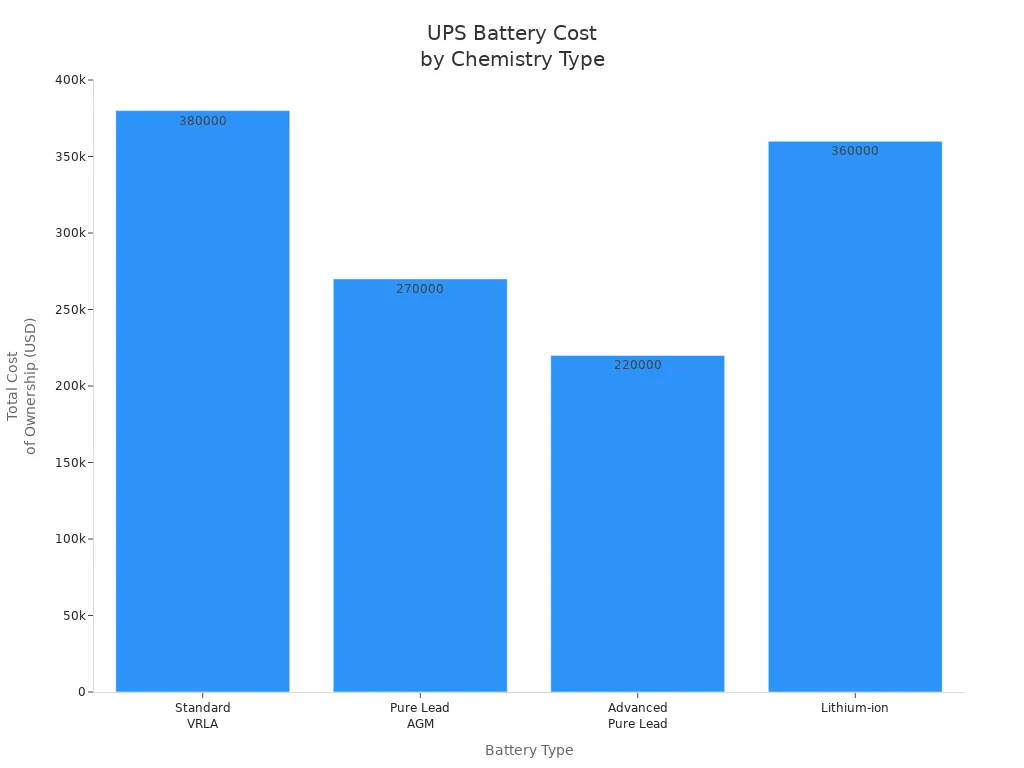
In India, common problems are battery failure, heat, dust, wet air, long storage, loose wires, and worn-out parts. You should check wires every year and watch battery health often. Smart battery management in lithium-ion batteries means you do not have to check them as much and they work better.
Herewinpower gives you strong backup power with good ups and smart data center batteries. You get fast switching if the power goes out. Their batteries hold a lot of power, have smart checks, and can be changed to fit any data center. You can pick 300–500Ah LiFePO₄ batteries for small centers, 500–1000Ah for medium centers, and 1000Ah+ for big centers. Herewinpower also helps with remote checks, real-time updates, and custom plans to keep your data center working well.
Note: Get a service plan that fits your maintenance times. This helps your backup power ups system stay strong and work well.
You can keep your data center safe by picking a UPS battery that fits your power needs. Make sure it works for the time you need and can grow with your business. Modular lithium-ion systems last longer and need less fixing. In India, strong and flexible solutions help you handle heat and changes in power.
ผลประโยชน์ | Description |
|---|---|
Expert Guidance | Experts help you make things work better. |
Proactive Monitoring | Finding problems early stops big issues. |
Talk to Herewinpower for help and special UPS battery choices.
คำถามที่พบบ่อย
What is the best way to check UPS battery health?
You can use systems that watch your battery all the time. These tools show things like voltage, temperature, and how much charge is left. Checking often helps you find problems early.
How often should you replace UPS batteries in a data center?
Most lead-acid batteries need to be changed every 3 to 5 years. Lithium-ion batteries last from 8 to 15 years. Always follow what the maker says for your battery type.
Can you mix different battery brands or types in one UPS system?
You should not use different brands or types together. Mixing can make charging uneven, shorten battery life, and might hurt your UPS system.
See Also
Selecting The Ideal Battery Option For Your FPV Drone
Determining Optimal Battery Voltage And Capacity For Golf Carts
Selecting An Appropriate Manufacturer For Drone Batteries
Finding The Best Drone Battery Brand Available In India
Essential Features To Assess When Selecting FPV Drone Batteries

